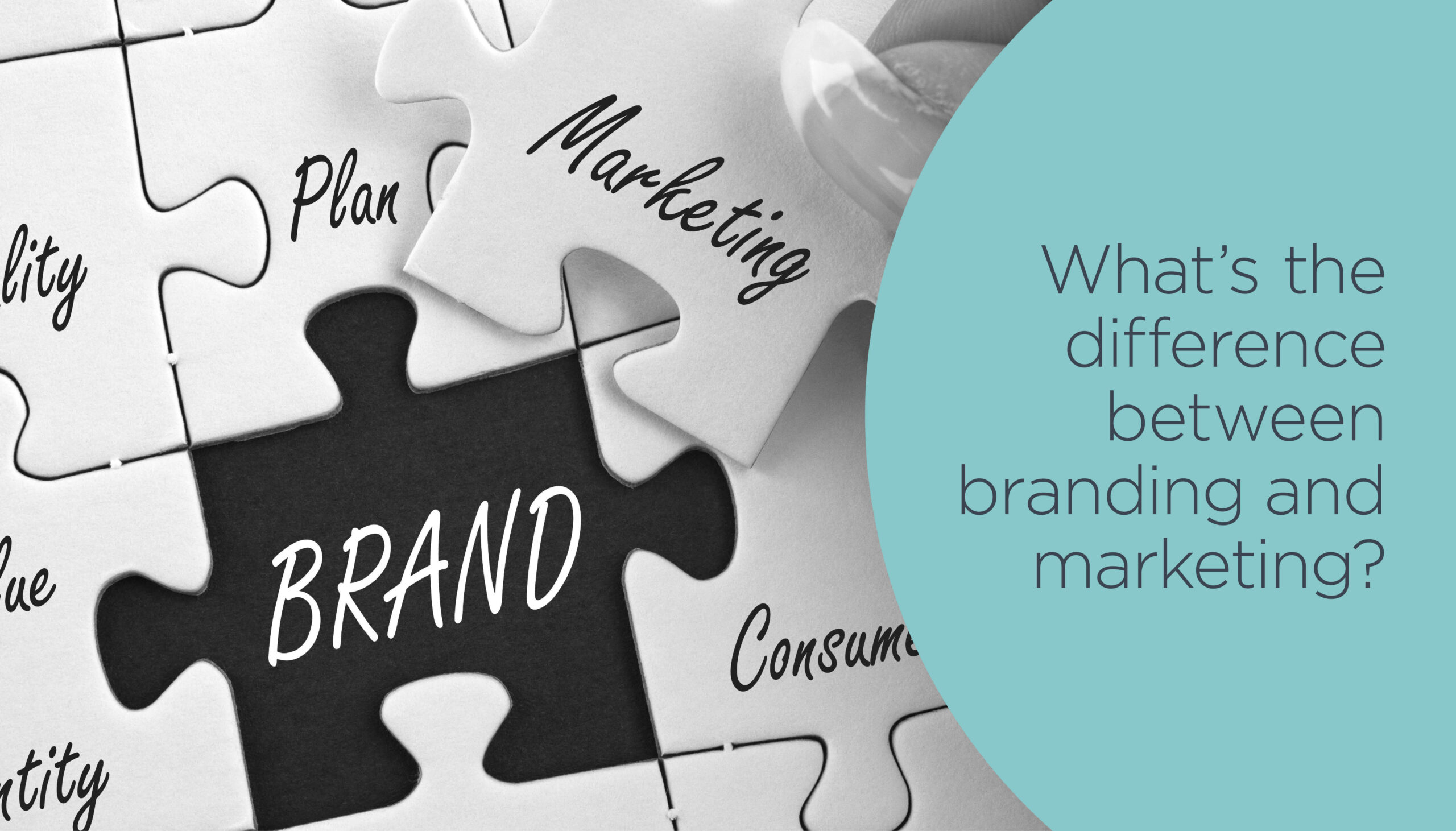If you’ve ever tried to start your own business, you probably realised early on that the process entails so much more than you thought. Two of the things you must take into consideration are your branding and marketing strategies.
Some might say: “Aren’t these two things one-and-the-same?” The answer is absolutely not.
Others might say: “Ok, so branding is about choosing a cool logo and being visible to customers online, right?”
Frankly that’s not so accurate either. In fact, branding is so much more than that. However, even amongst professionals, the exact definition of branding seems elusive and confusing. There are a variety of definitions out there, but some only focus on the visual and aesthetic aspect of branding while others say it's about promotion and driving sales.
Others say that if you develop a stellar marketing strategy, there isn’t a huge need to pour your resources and time into constant brand development.
So with all of this conflicting information, what should businesses or NFPs do, and what should your next steps be exactly while considering how to allocate your budget to these two important strategies?
Let’s take a deeper dive into what branding and marketing are defined as nowadays, and the differences between them.
What is Branding?
Branding is a process that is geared toward establishing a company’s identity, voice, personality traits and values.
Before any marketing can take place to promote awareness of your brand, you need to ask yourself some deeper questions. Here are a few to get you started:
- Who are you as a company?
- What does your company value?
- What tone of voice do you want to take on in your communications?
- What is your internal work culture?
- What inspired you to start your business in the first place?
- What is your mission statement?
- Why are you offering your specific services or product to your target clientele?
- How do you want people to perceive your brand?
Once you’ve answered these questions, you’d also benefit from considering your internal and external branding characteristics. Dain Walker did an excellent job in breaking this concept down and providing visual references to help us take it all in.
To briefly summarise, internal branding is concerned with your values, purpose, the type of audience you're targeting, positioning in relation to your competitors, and your strategy.
External branding has more to do with your tone of voice, your messaging and communication style, the promise of your service, consistency and design.
If you execute branding well, you’ll start cultivating customer loyalty, build trust and good rapport with your audience, set yourself apart from your competitors and ensure long-term consistency.
What is Marketing?
Marketing consists of the tools you utilise to spread awareness, and deliver your brand's message.
While branding is more concerned with ethereal concepts such as feelings and emotions, marketing is a results driven strategy that seeks to engage customers, generate leads and drive sales.
Things such as a brand's logo and web design are actually marketing methods that aid in bringing your brand's identity to life, as are brand mentions and online presence.
Marketing methods can change swiftly year-to-year. Just as your business's products might change over time to cater to your customer's needs, your marketing methods will transform as well.
Marketing tools and tactics consist of SEO, content creation, social media platforms, TV ads, radio, print campaigns and more.
The strategy is measurable in that marketers can monitor rates of engagement, the efficiency of a campaign and ROIs.
Ultimately marketing helps you sell your product or service more effectively.
Marketing vs. Branding: The Differences
Now that we've defined both branding and marketing, we can see that the two strategies are entirely different. Still, both are essential for businesses. Most importantly, the two are interlinked and largely support each other.
Common practice is to tackle branding first and then implement marketing tactics. While you could execute marketing with a few taglines and keyword trends, you won't experience as much success as if you establish a strong foundation for your brand.
Further, it's helpful to think of branding as an ongoing daily practice. Contrary to some misconceptions, branding is not something you come up with initially and then just leave on the shelf.
It is a continuous and thoughtful practice to stay relevant, unique and keep customers coming back for more. We can think of branding as a marathon, and marketing as a sprint.
Brands last forever. They serve to cultivate customer loyalty and keep customers coming back, year after year, generation after generation. Marketing is equally as important, but ebbs and flows with its approach and use of various tools.
A Brief Case Study
Before we wrap up, let's take a look at a company that has mastered the art of branding: Trader Joe's, a brand that is so strong, even Australian audiences know of it. CNBC did a feature on the company’s branding, and many experts have written on the subject, including Denise Lee Yohn and Mark Gardner, who wrote: Build a Brand Like Trader Joe’s.
Trader Joe’s has established itself as a friendly neighbourhood chain grocery store, and many dedicated customers have commented on the ‘vibe’ they feel as a reason they keep coming back. The chain’s founder, Joe Coulombe, said that “Trader Joe’s is for overeducated and underpaid people, for all the classical musicians, museum curators , journalists”, thereby clearly defining the company’s identity, its target clientele and what kind of service they want to provide.
Stores often offer niche and worldly products and create a fun treasure hunt experience for customers. Shops are small compared to other supermarkets, and feel intimate and comfortable. The choice of products is intentionally limited so as to not overwhelm customers with too many choices.
In a cut throat industry, Trader Joe’s has managed to soar to the top and create a cult customer base that is loyal to the brand and what it stands for.
Final Thoughts
Branding and marketing are equally important strategies to implement in any business, but they differ drastically. They still, however, depend greatly on one another.
While branding focuses more on a company’s identity, culture and values, marketing focuses on the tools that help spread awareness of those traits, as well as customer engagement and converting leads.
There isn't one fixed formula to get branding and marketing right so it's worth it to look towards companies that have aced their approach toward the two and experienced wild success because of it.
So what are you waiting for?
Utilise these two strategies well and watch your brand soar to success.

